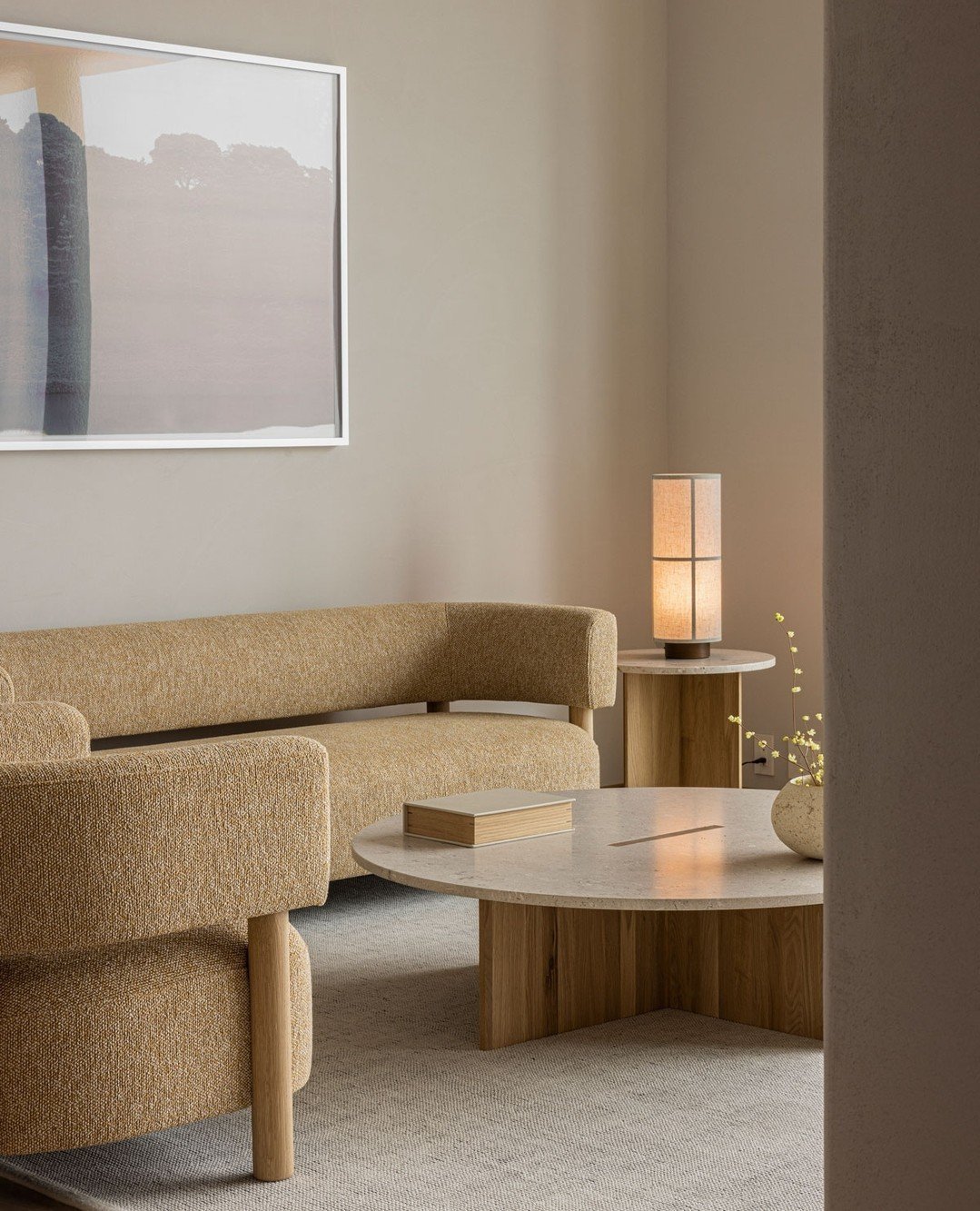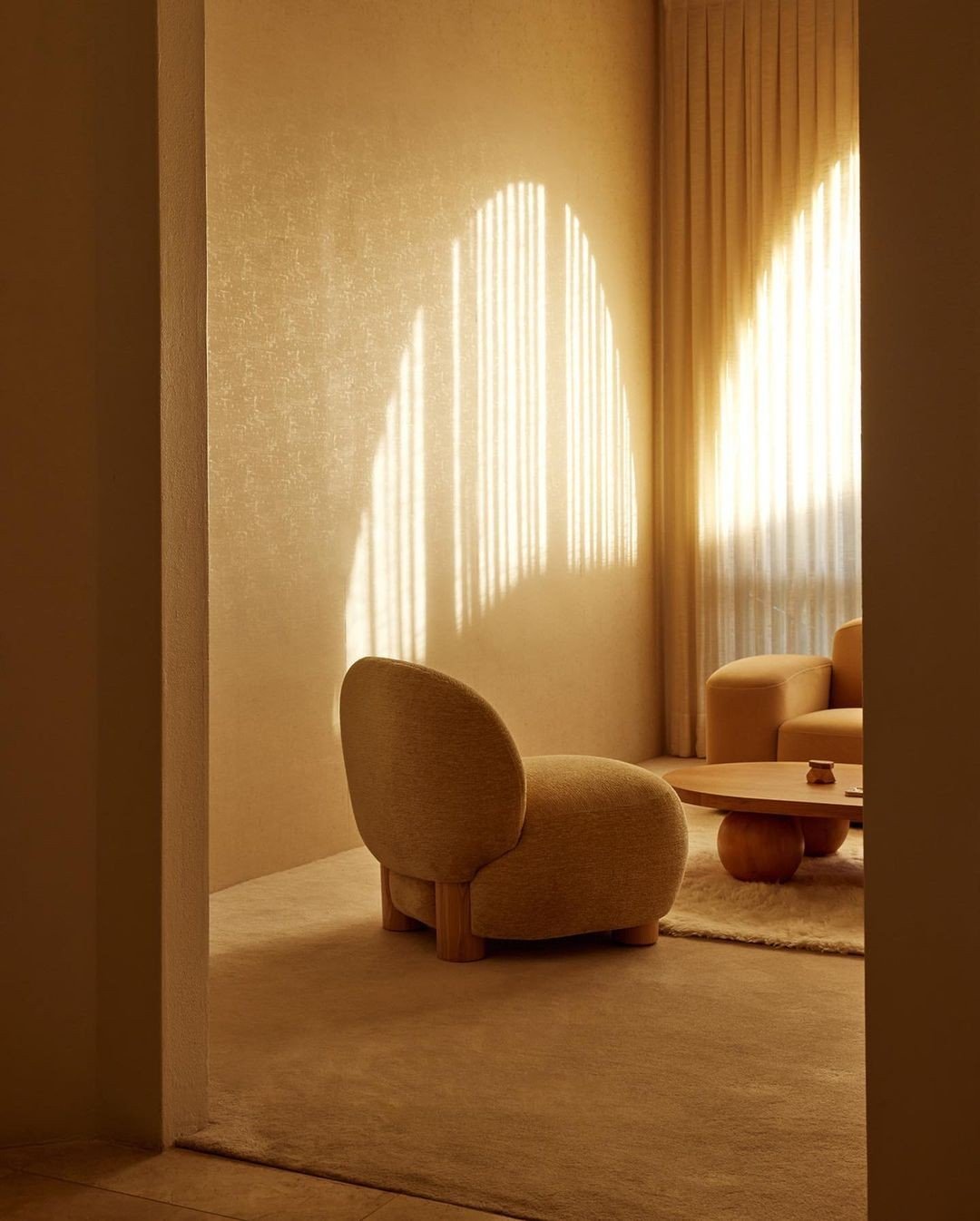WHY JAPANDI IS THE INTERIOR AESTHETIC TO KNOW IN 2025
Let’s be honest — a lot of what we call “luxury” in South African homes still screams loud. Big leather couches. Glossy everything. Chandeliers that look like they’re trying too hard. Décor that leans more “show off” than slow down. But there’s a new wave rising on the global design scene, and it’s whispering something totally different. It's called Japandi, and it's time Mzansi starts paying attention.
You’ve probably seen it, even if you didn’t know what to call it. Those calming, perfectly imperfect rooms floating around on Pinterest or your cool cousin’s Instagram story. Neutral walls. Clean lines. A wooden stool beside a linen couch. A vase filled with a wild branch. Spaces that feel like a deep exhale. That’s Japandi—a quiet mashup of Japanese wabi-sabi minimalism and Scandinavian functionality, served with a side of soul.
It’s not just about having a “clean aesthetic.” It’s about intention. Every piece in a Japandi space has a reason to be there. A low, handcrafted table isn’t just cute — it’s grounding. An open window isn’t just practical — it’s prioritising light, air, and clarity. Japandi invites you to strip things back until what’s left actually means something.
Which raises the question: Why aren’t more South Africans embracing this?
We live in one of the most naturally beautiful countries on earth. Our light is golden. Our textures are rich. Our sense of culture, balance, and storytelling through space? Deep. Japandi already speaks our language — we just haven’t realised it yet.
Imagine Japandi in a Joburg apartment: raw pine bookshelves built by a local carpenter, clay pots from Limpopo, a concrete coffee table paired with a single handmade chair from a township designer. A framed print from a young local artist. A sheepskin throw on the floor. Soft jazz or lo-fi playing in the background. Suddenly, you’re not just “decorating.” You’re curating a calm.
And in this wild country where we’re always pushing, always grinding, always online — maybe that’s exactly the kind of softness we need in our homes. Something quiet. Something grounding. A space that feels like it’s holding you, not performing for Instagram.
Designers like Donald Nxumalo are already showing us how to do luxe with restraint. Local brands are starting to favour raw materials and earthy tones. It’s only a matter of time before Japandi starts taking root here too. But why wait?
Let’s let go of the glossy. Let’s embrace the honest. Less fake glamour, more grounded beauty. Less clutter, more connection. Less flex, more flow. That’s Japandi. And it belongs here — in our apartments, our townhouses, our eco-lodges, our family homes in Soweto, Khayelitsha, Giyani.
The future of South African interiors doesn’t need to be loud to be rich. It just needs to be real.







